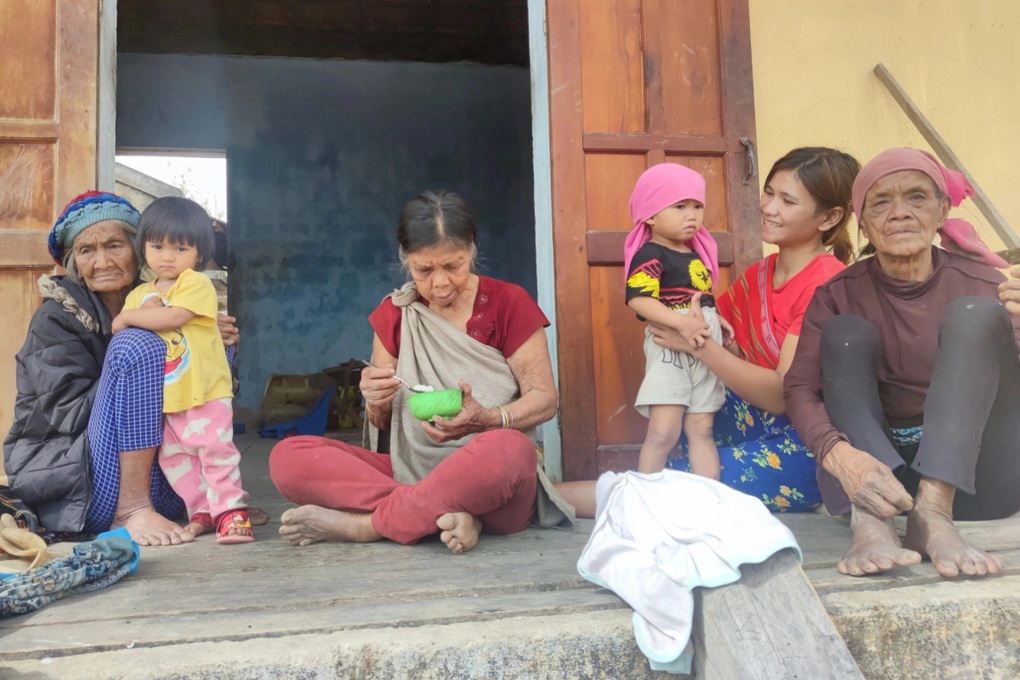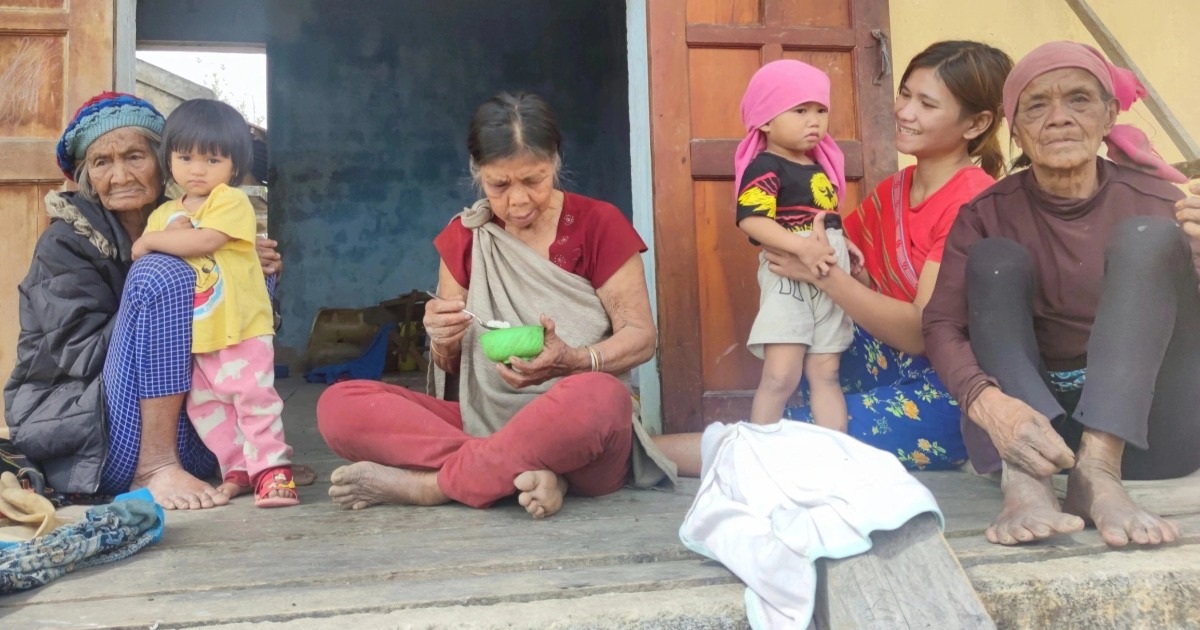Trong những ngày cận Tết Nguyên đán, huyện Kon Plong, tỉnh Kon Tum đã trải qua chuỗi sự kiện động đất liên tiếp, gây lo ngại về an toàn cho người dân trong khu vực. Theo thông tin từ Trung tâm báo tin động đất và cảnh báo sóng thần thuộc Viện Vật lý Địa cầu, chỉ riêng ngày 27/1, đã ghi nhận 6 trận động đất với độ lớn dao động từ 2.6 đến 3.8 độ Richter.
 Continuous earthquakes in Kon Plong
Continuous earthquakes in Kon Plong
Earthquakes occurring frequently in Kon Plong district, Kon Tum province (Photo: Phạm Hoàng).
Earthquake Situation in Kon Plong
According to detailed reports, the first earthquake on January 27 occurred at 2:16 AM, with a magnitude of 3.2 on the Richter scale. Subsequent earthquakes followed closely, with epicenter depths ranging from 8.1 km. Although no significant damage has been reported, these events have heightened concerns about future natural disaster risks.
Representatives from the Kon Plong District People’s Committee confirmed that, as of now, there have been no casualties or property damage. However, local authorities have implemented measures to raise awareness and improve people’s preparedness skills for recurring earthquakes.
Recent Earthquake Trends
Since the beginning of 2024, Kon Plong district has experienced hundreds of earthquakes of varying intensities. Notably, the strongest earthquake recorded on July 28, 2024, reached a magnitude of 5.0 on the Richter scale, causing noticeable shaking across several provinces in the Central Highlands and Central Vietnam. The aftershocks led to cracks in many infrastructure buildings such as houses, schools, commune offices, and health stations, directly impacting daily life.
The Institute of Geophysics analyzed that the cause of these earthquakes is related to “induced seismicity” due to reservoirs in the area. Notably, earthquakes often occur in sequences, with smaller ones preceding and following larger ones above 4 on the Richter scale.
Response Measures and Recommendations
In light of the continuous earthquakes, developing a long-term response plan is crucial. Below are some specific solutions:
1. Enhance Community Awareness
Local authorities need to strengthen public awareness campaigns to educate residents about the nature of earthquakes and how to handle emergencies. Regular training sessions on escape and safe evacuation techniques should be organized.
2. Inspect and Reinforce Infrastructure
Old or poorly constructed buildings must be inspected and repaired promptly. New constructions should prioritize earthquake-resistant standards.
3. Monitor and Forecast Earthquakes
The seismic monitoring system should be improved to provide accurate and timely information. This will help reduce risks and support people in taking proactive preventive actions.
Conclusion
Earthquakes in Kon Plong district, Kon Tum province, have become a matter of concern, especially as their frequency and intensity continue to increase. To ensure community safety, close collaboration between the government, experts, and residents is essential in implementing effective prevention and response measures.
Let’s work together to raise awareness and take action to protect lives from natural challenges.
Source: Dan Tri


